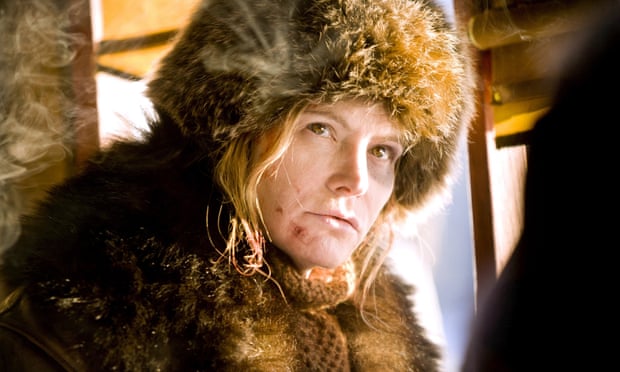 |
| Photo by Alex Lentati |
Yet, as she traces the footsteps of household slaves whose unsightly toil was kept invisible in networks of passages beneath the fine mosaics and banqueting halls, Dr Beard is keen to warn us against feeling any sense of moral superiority. Just consider, she says, all the invisible people working to support our lives.
Oh, yeah…
I might not trot off to a market to procure some human property, but am I really any less culpable? From the computer beneath my fingertips, to my phone, my trainers and the shirt on my back, some invisible person, very possibly a child, has laboured in very likely uncomfortable conditions for many hours and perhaps not even received a derisory sum for their trouble.
And then there are so many who are not just invisible but obliterated.
A friend who recently worked in a Middle Eastern country as a video editor was instructed to edit out ANY Indian workers from the film footage.
Civilisation seems always to have existed at the expense of slavery. To increase profits and allow as many people as possible to enjoy luxuries (which subsequently become necessities) the exploitation of humans (and animals, of course) is a necessary evil in our economic model. During the 18th and 19th centuries, the slave trade triangle between Britain, Africa and the Caribbean produced 300% profits, and was instrumental in the extraordinary wealth enjoyed by cities such as Liverpool and Bristol.
I began this blog to help publicise my pirate adventure novels, and what better symbol of gleeful buccaneers and untold wealth than the Spanish dollar (peso de ocho/piece of eight). The Spanish dollar became (Dr Beard would probably dispute this) the first world currency. The silver was mined, made into crude bars which were then chopped into discs and trimmed with shears.
Cerro Rico Mountain, Bolivia, from where the Spanish dollar silver was mined, actually became shorter as over 40, 000 tons of silver was extracted for Spanish coffers.
And who endured the misery and danger of mining the silver? Slaves, of course. An estimated 8 million Incas died extracting silver for the Spanish.
Yet, this is not safely between the pages of a book, or in the past. Cerro Rico is still being mined today. The miners may not be technically slaves, but the conditions are so horrendous, the work so gruelling that the miners work themselves into an early grave. The charity, Cultural Survival, refers to it as ‘The Man-eating Mountain’.
I’m sorely disappointed that the press coverage of Ms Sargeant’s success, while keen to celebrate her score for diversity, seems rather less enthusiastic to broach the complex and unpleasant issue which her garden was created to highlight.
Monstrous as it is, slavery is here. Behind the closed doors of homes, in factories, in fields. All over the world. If the mammoth task of stopping it seems just too much to face, at least we can learn a little more.
Be aware.
Accept that we are all part of the problem; because that means we are all part of the answer.


